
Product information
Stéphane Ogier Côte-Rôtie Lieux-Dits ‘La Belle Hélène’ 2018
Shiraz/Syrah from Côte-Rôtie, Northern Rhône, Rhône Valley, France
$1,035
Description
Côte-Rôtie is often compared to Burgundy for it’s detailed vineyard breakdown. Like Burgundy we see dramatic differences in the wines from vineyard to vineyard. Stéphane has a great number of lieux-dits that he works with through the Côte-Blonde (southern part of Côte-Rôtie) and Côte-Brune (northern part of Côte-Rôtie).
Stéphane makes wines of greater energy and vibrancy, always on the fresher end of the spectrum.
La Belle Hélène from Côte Rozier, a parcel of Stéphane’s oldest vines is one of 3 regular single-vineyard wines he makes.
Opaque violet. An intensely perfumed bouquet displays mineral-accented black/blue fruit and floral pastille scents that pick up olive, smoky bacon and exotic spice notes with air. In a concentrated yet energetic style, offering appealingly sweet, palate-coating cherry liqueur, blueberry, licorice, spicecake and candied violet flavors braced by a spine of juicy acidity. Shows superb clarity and mineral thrust on a strikingly long, floral-accented finish shaped by fine-grained, slow-building tannins. This was the only 2017 that had yet to be bottled when I visited Ogier in mid-March.
Josh Raynolds, Vinous
Only 1 left in stock


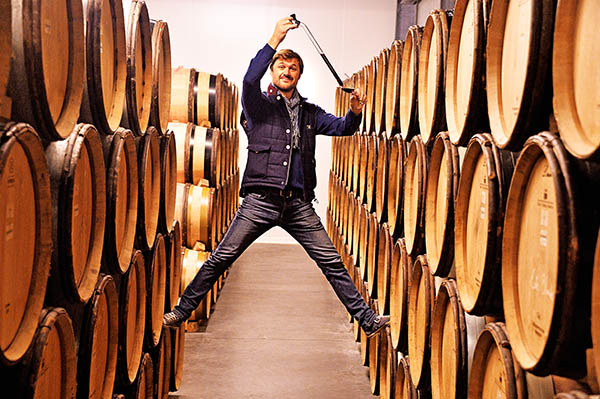
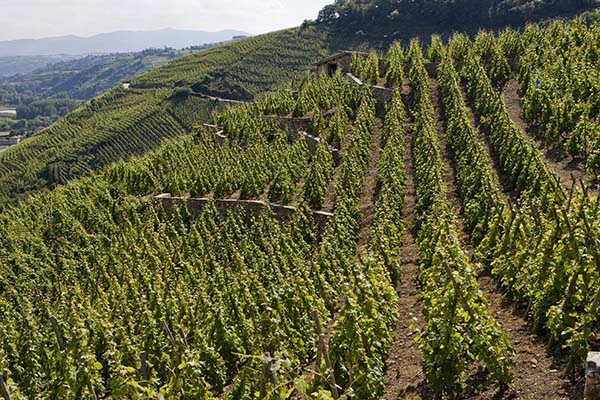
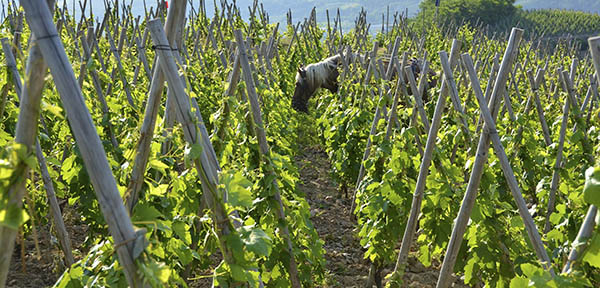
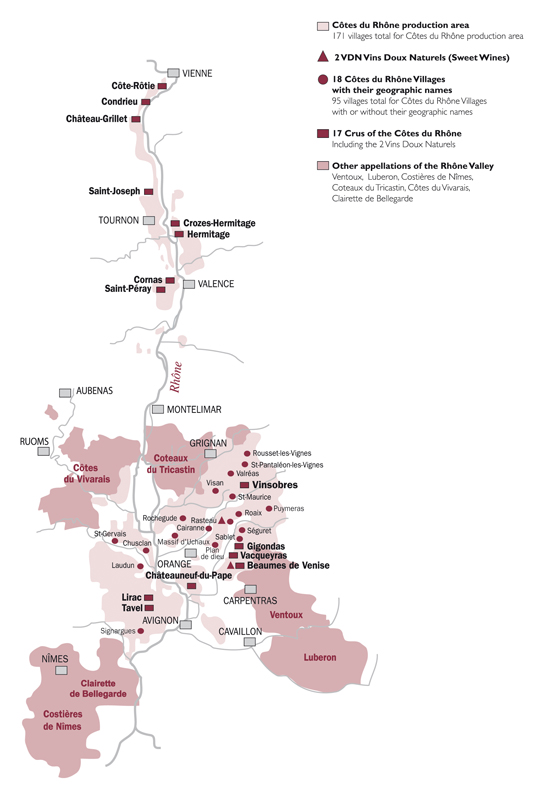
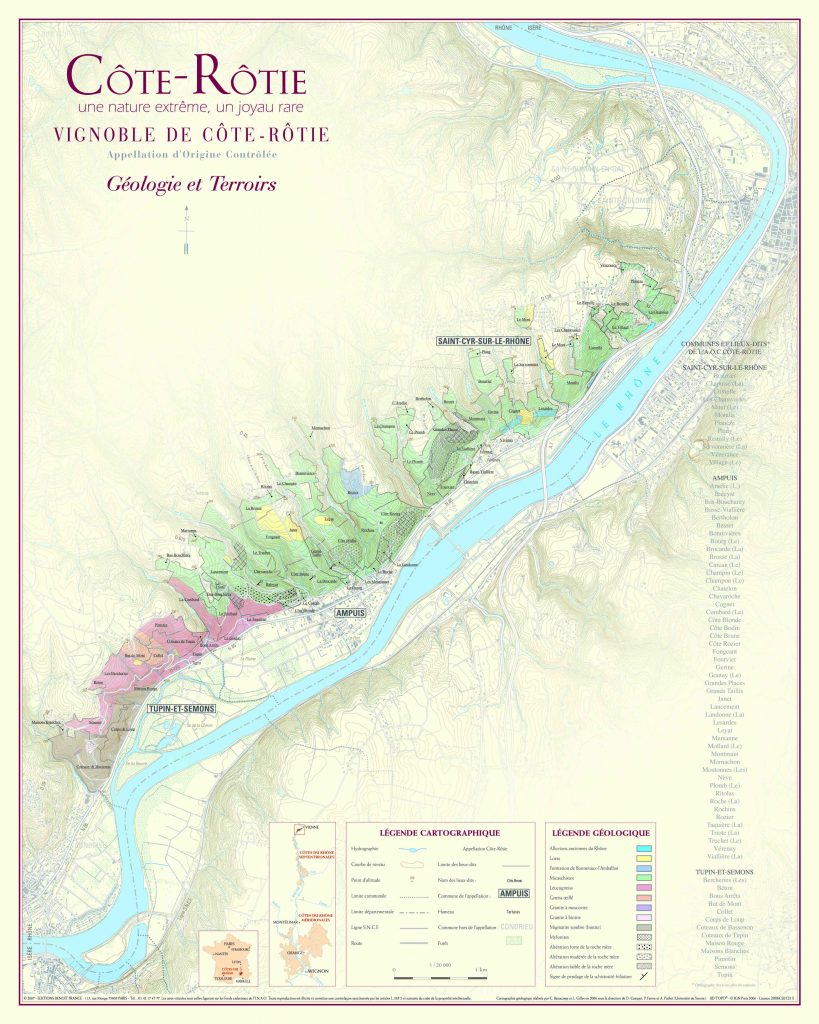
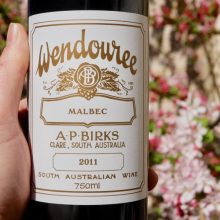
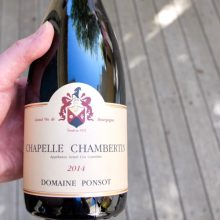
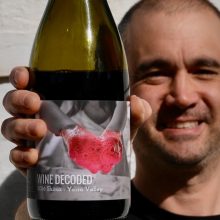
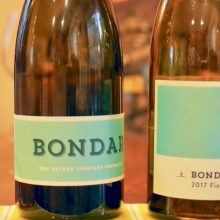
You must be logged in to post a comment.